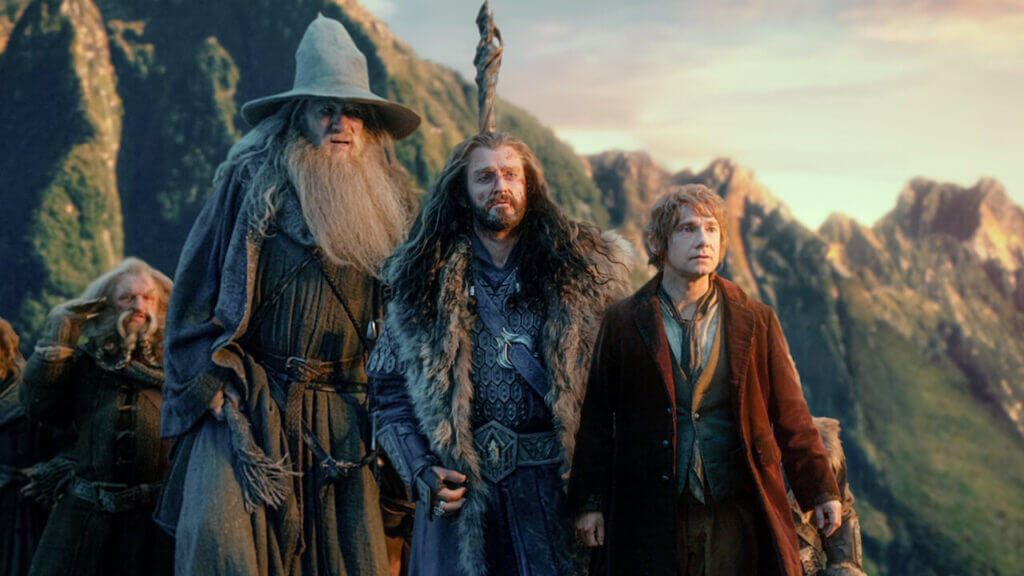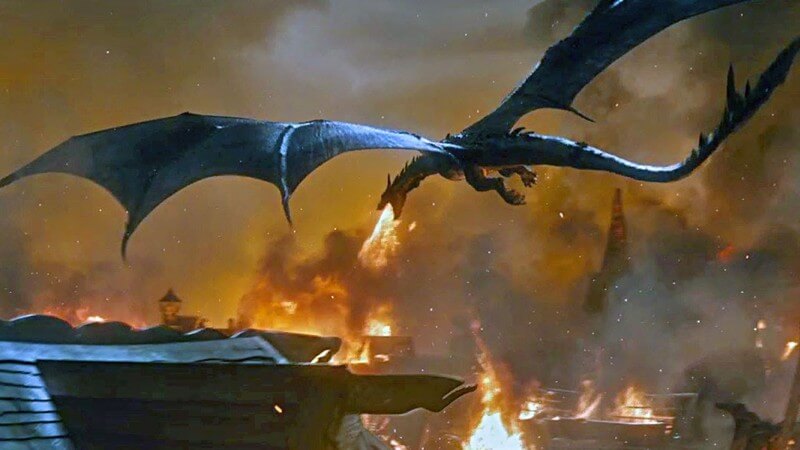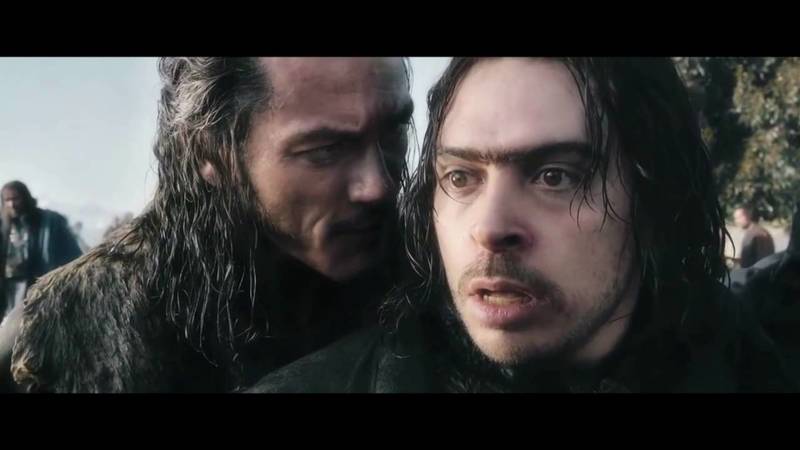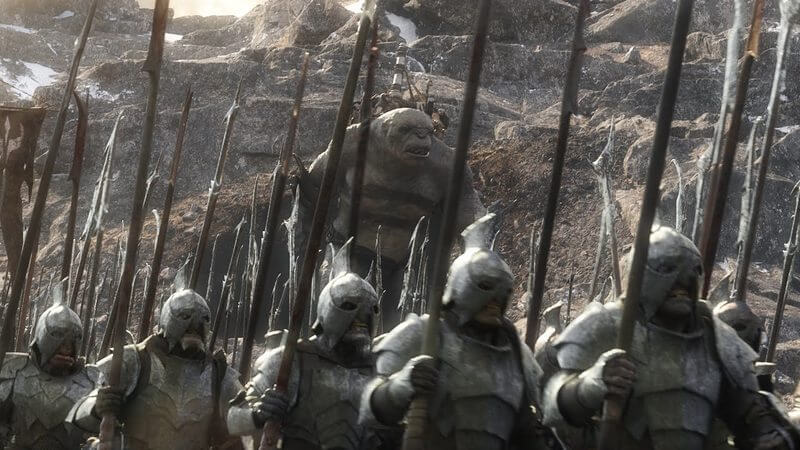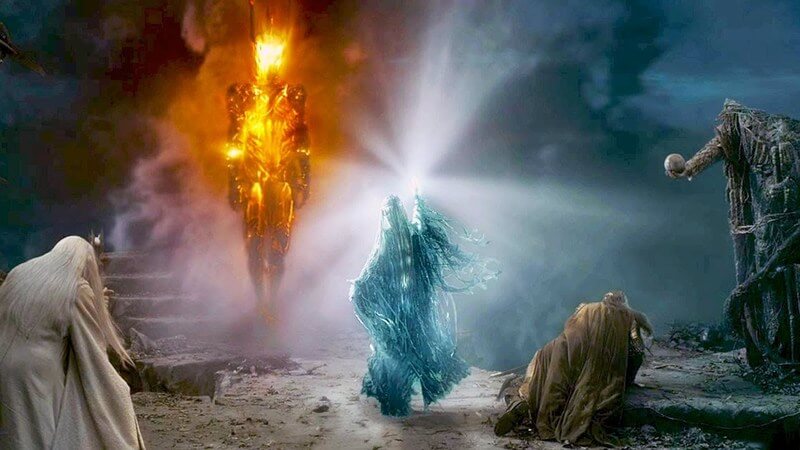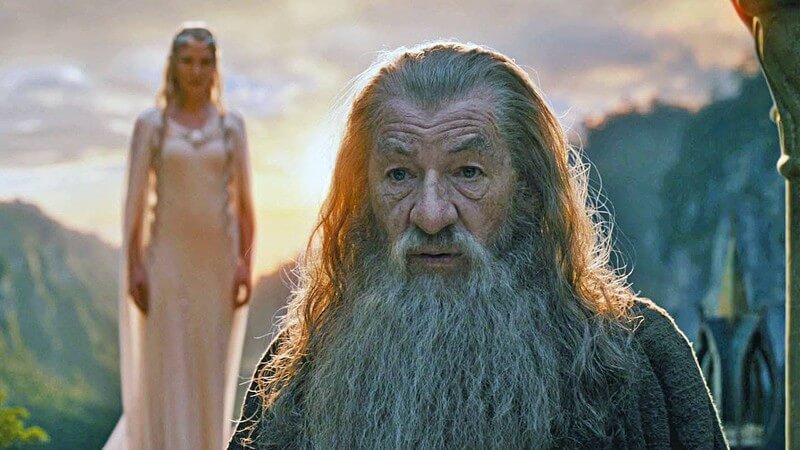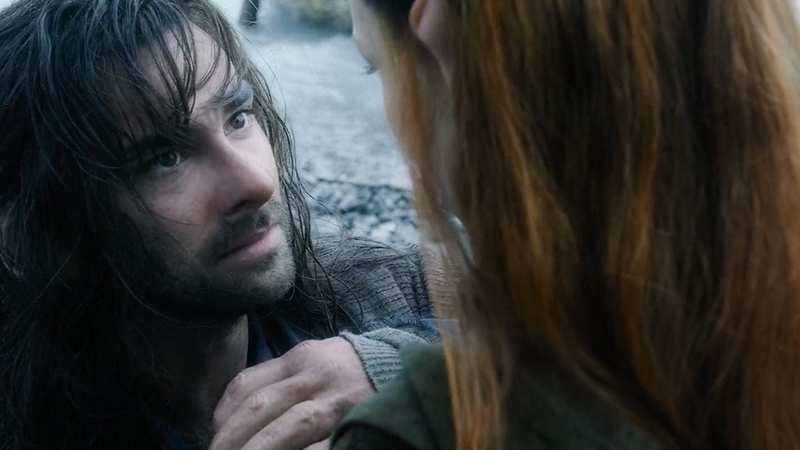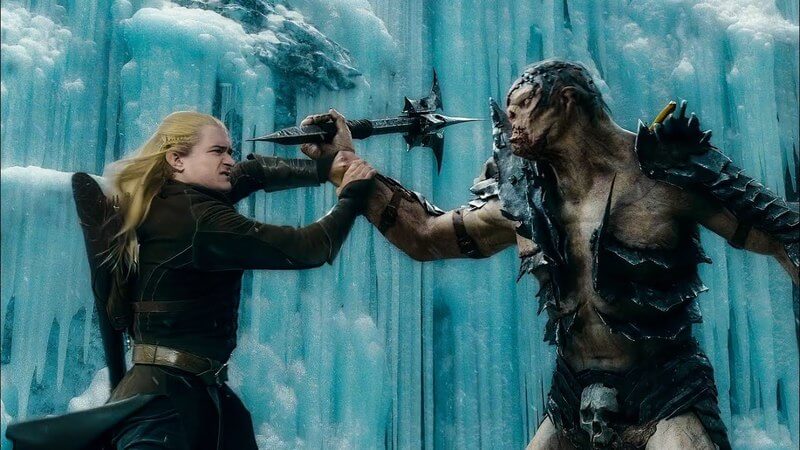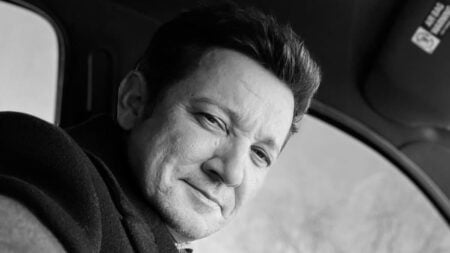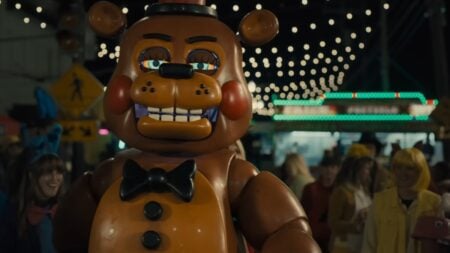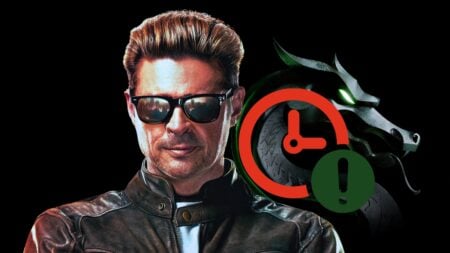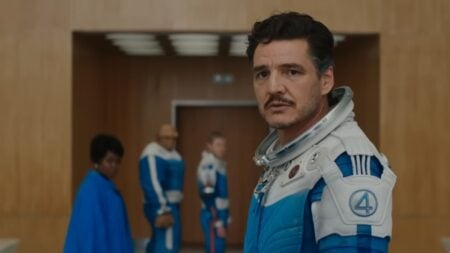Skip To...
[Updated on August 15, 2024, to revise outdated formatting and improve readability.]
The Hobbit movies are good. Sort of. They are, at least, entertaining. Their biggest problem, though, is that, around ten years prior, The Lord of the Rings movies came out. And they were a lot better. The Hobbit trilogy is good in plentiful ways – however, there are also lots of ways they rank pretty badly. In fact, they’re far too numerous to list here. However, we’ve picked ten of the biggest ways they went wrong – and how Peter Jackson and company could have avoided them.
10. Too Many Storylines
Let’s look at the rabble of storylines in the Hobbit movies: we have Gandalf’s inquiry into the Necromancer, Thorin, and company’s quest to rid their homeland of Smaug and the love triangle between Legolas, Tauriel, and Kili. But then, of course, there’s the other smaller episodic storylines – Gollum and the Ring of Power, the oppression of laketown, Alfrid’s story, etc, etc…
The problem here is that there’s way, way too many storylines packed in here. And, naturally, the more storylines in one movie, the less time the movie has to explore each one individually. There is also the question of information overload – there are only so many stories the audience can care about at one given time. Because of these multiple stories – and the Hobbit trilogy’s expository nature – the movies can often feel like a rank info dump that is hard to process.
9. Alfrid
While later in the list, we will focus on more general reasons where The Hobbit movies went wrong, it wouldn’t be good to forget Alfrid, the trilogy’s worst character. In fact, Alfrid is so terrible and so irredeemably bad he deserves a special mention of his own. He’s an example of how many of the Hobbit‘s movie-exclusive characters simply don’t cut the mustard compared to the originals written by Tolkien.
The problem with Alfrid is not merely that he’s a misogynistic, sadistic, and pathetic character. Those are reasons enough to hate him, but they are also evidence of lazy writing. Every chance he gets at redemption, he ignores to pursue his selfish, villainous desires. This makes Alfrid predictable and cringe-worthy, bordering on two-dimensional. The heroes place their trust in him constantly, despite his devious reputation. Even when the writers try to employ him as the comic relief in certain situations, Alfrid comes across as so cringey, you wonder why he’s even in the film.
8. Their Runtime Is Way Too Long
If there’s one thing we know about Peter Jackson, it’s this: he doesn’t make short movies. The Return of the King was chided for its seemingly endless conclusion. So, too, was his 2005 King Kong remake. Jackson is a very visual storyteller and takes his time developing his universes. Now, where those movies are concerned, the criticism is understandable, even if you may not agree with it.
However, with The Hobbit trilogy, this ranks as very good criticism. The movies are far too long and yet, convey so little. The episodic nature of the story – one-minute battling goblins, next minute battling spiders – doesn’t translate well to three-hour movies. Because of the seemingly endless series of unconnected hijinks, it can leave some viewers mentally exhausted.
7. Tries to Be Too Much Like LOTR
True enough that The Hobbit is set on good ol’ Middle-Earth – it’s only natural that the movie does, too. Here’s the thing, though – tonally, the Hobbit novel is different from LOTR. Firstly, it was published in 1937 – almost twenty years before LOTR was even a thing. Tolkien intended the book to be for kids, and its fairy-tale trappings have all the proof of that.
The Hobbit movie gave Jackson a chance to distinguish the story from Rings. And, in all fairness, some of the novel’s playful tone is present in the movies – from the more humorous Gandalf to the clumsy dwarves and the naïve innocence of Bilbo. The problem is, Jackson injects too much of the darkness of LOTR, like Sauron, his dark base of operations and characters making vague, brooding speeches about dark powers at work. This prevents the Hobbit movies from establishing their own identity, often feeling like Lord of the Rings-lite than the cute fantasy story they’re based on.
6. Who Are the Dwarves?
Who are the dwarves? I mean, honestly. Now, to be fair, the dwarves are pretty bare-bones in Tolkien’s original novel – at least, apart from Thorin Oakenshield. In fact, they have more of a personality as a collective than as individual characters. However, The Hobbit movies do a good job of expanding minor characters like Bard – so why couldn’t the dwarves get the same care and attention?
The filmmakers would have done better to get rid of Legolas, trim down the Necromancer subplot and give more time towards expanding the dwarves’ personalities. Heck, they went halfway there – they gave each of them a unique look. However, apart from the brooding Thorin, his wise advisor Balin and the love-drunk hunk Kili, it’s hard to see the dwarves as more than simplistic comic relief.
5. Too Many Call-Forwards to LOTR
The Hobbit‘s tendency to reference the LOTR movies is good in places. In fact, it has a great nostalgia-pleasing effect to those of us who grew up watching Jackson’s first Middle-Earth trilogy. Seeing Gandalf, Galadriel, and Saruman duke it out against Sauron in the same scene? This is the closest thing the movies get to The Avengers without being The Avengers!
The problem is its references to LOTR often feel forced and unnecessary. Frodo’s cameos feel pointless, apart from reminding us this takes place in the same timeline as the previous trilogy. Likewise, Legolas is here in a younger and more arrogant form, but he is used merely for a love triangle and to embellish the fight scenes. His inclusion is merely for fan service and adds nothing to the plot.
4. Too Much Reliance on CGI
The strength of the LOTR movies were their combination of CGI and live-action. While, yes, the CGI (alongside motion-capture) was used to portray Gollum and the monsters, it was used sparingly and not plentifully. This gave the films a sense of realism, despite being set in an alternate fantasy world. Unfortunately, The Hobbit misses the point and overdoes the CGI to the point that it’s bad.
This is evident in several scenes. From the boringly tensionless goblin-fight scene in Unexpected Journey to the Battle of the Five Armies‘ titular war, the movies often feel like a videogame or a cartoon. Even the orcs, who were played by real actors in LOTR, are depicted mainly through CGI here. It’s a real shame because it takes away a lot of the trilogy’s legitimacy.
3. So.. Much.. Padding
This relates to our point about Jackson’s decision to make The Hobbit three films. Because of this, Jackson needs to find ways to artificially inflate the story. And he easily finds it in the form of overly-long CGI action sequences and adding unnecessary characters into the mix.
While Tauriel’s inclusion is welcome, her contrived love triangle with Kili and Legolas is not. Legolas, a character absent from the original novel, also feels like his presence is unneeded. He seems present purely for nostalgia’s sake and to artificially lengthen the fight scenes. The Necromancer subplot, where the White Council join forces to defeat the emerging Sauron, also feels dragged out. Time spent with these stories could have been better used for developing the dwarves throughout the Hobbit trilogy, rather than throw down every idea the screenwriter thinks is good.
2. Tension-Less Action Sequences
Having lots of CGI action sequences is one thing. Fine. But then having them feel more like a videogame than a movie? That’s just terrible. Even worse, you’re watching a videogame you can’t play. And, much like a pro-gamer knowing the levels off by heart, the characters end up feeling invincible and boring.
The goblin fight is a memorable offender, here. As is the river-barrel scene where the dwarves escape the Elven kingdom and take on the orcs. The biggest shame is that there were so many other things the filmmakers chose to focus on – but they decided to go with these lengthy, cartoonish fights instead. Even the most ardent Hobbit movie fan admit that a few of these sequences aren’t any good.
1. There Are Three Movies
Three is a pleasing number. In fact, as the late Bob Dorough knew, it’s a magic number. It seems to have an almost mystical resonance, particularly in Hollywood, where actors entering franchises often sign onto three films. In some cases, i.e. the Star Wars trilogy, this works. However, in others (The Hobbit trilogy), it simply doesn’t rank good.
And there’s a simple reason why a Hobbit trilogy was never going to work. You see, the original novel boasts a mere 95,022-word count. Now, that’s a small amount of words to expand into a film trilogy. Given the book’s length, it required two movies at the most. Having three movies meant they had a lot of time to kill – and led to the padding they have become infamous for.

